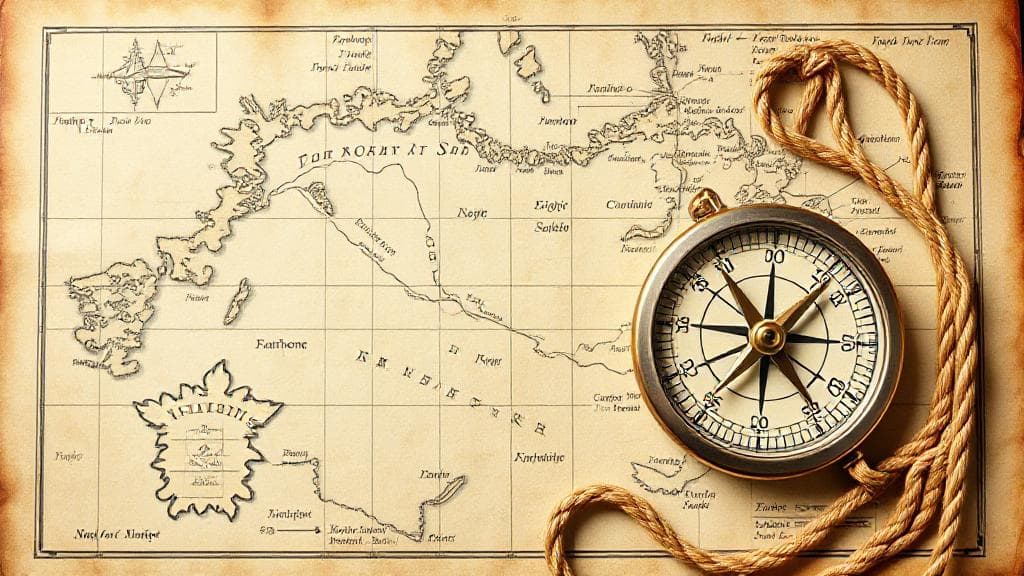What is a Fathom?
A fathom is a unit of length equal to six feet (1.8288 meters) used primarily in nautical contexts to measure water depth. The term derives from the Old English word fæðm, meaning "to embrace" or "outstretched arms," reflecting its original measurement method—the span of a person's outstretched arms.
Historical Context
The use of fathoms dates back to ancient times when sailors needed reliable water depth measurements for safe navigation. Ancient Greeks used a similar measurement called the "orgyia," demonstrating how intuitive this measurement was for seafaring peoples.
Traditional Measurement Methods
- Lead Line: A traditional tool marked at intervals, using a rope with a lead weight to measure depth
- Sounding: The process of measuring depth by counting submerged knots on the lead line
- Echo Sounder: Modern technology using sound waves for more accurate depth measurements
Importance in Navigation
Understanding water depth is critical for safe navigation, especially in shallow waters or near coastlines. Fathoms are used in:
- Navigation of shipping lanes and harbors
- Calculating anchor chain length
- Determining safe vessel clearance
- Creating nautical charts and maps
- Fishing location determination
- Marine construction projects
"Mark twain!" - This famous depth-sounding call referred to two fathoms (12 feet) of water depth, crucial for river navigation.
Related Nautical Measurements
Depth Measurements
- 1 cable = 100 fathoms
- 1 nautical mile = 1,010 fathoms
Speed and Distance
- 1 knot = 1 nautical mile per hour
- 1 league = 3 nautical miles
Conversion Table
| Fathoms | Feet | Meters |
|---|---|---|
| 1 | 6 | 1.8288 |
| 5 | 30 | 9.144 |
| 10 | 60 | 18.288 |
| 100 | 600 | 182.88 |
Modern Applications
While the metric system is widely used globally, the maritime industry still relies on fathoms due to:
- Historical conventions
- Continued use in traditional nautical charts
- Fishing industry measurements
- Maritime literature and historical documents
- US coastal waters navigation
Modern depth sounders typically display measurements in feet or meters but often include fathom settings for traditional navigation.
Resources for Further Information
For more detailed information about nautical measurements and navigation, visit these organizations:
- National Oceanic and Atmospheric Administration (NOAA)
- International Maritime Organization (IMO)
- International Hydrographic Organization
- National Geospatial-Intelligence Agency (NGA)
The fathom remains an integral part of maritime tradition and practical measurement, bridging ancient seafaring practices with modern navigation techniques. Understanding fathoms connects modern mariners to centuries of seafaring tradition while providing a practical measurement system still relevant in various maritime contexts.
